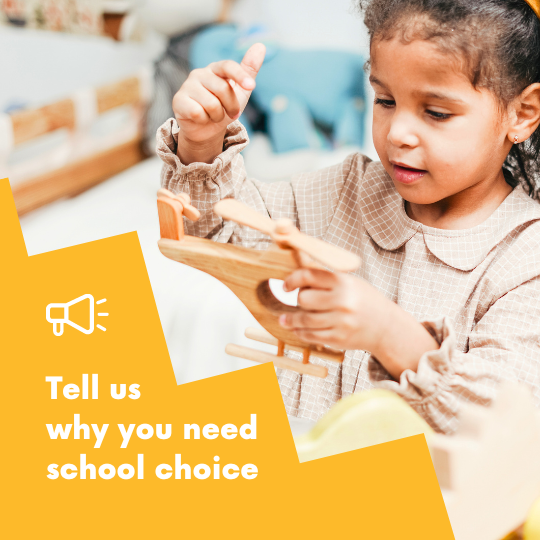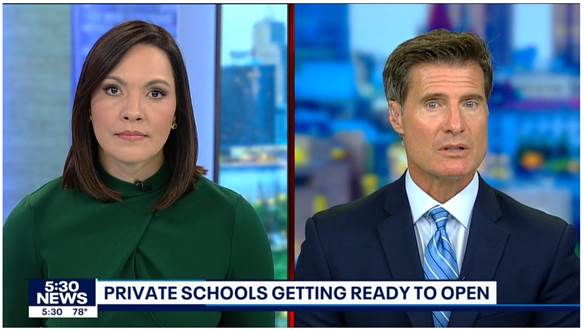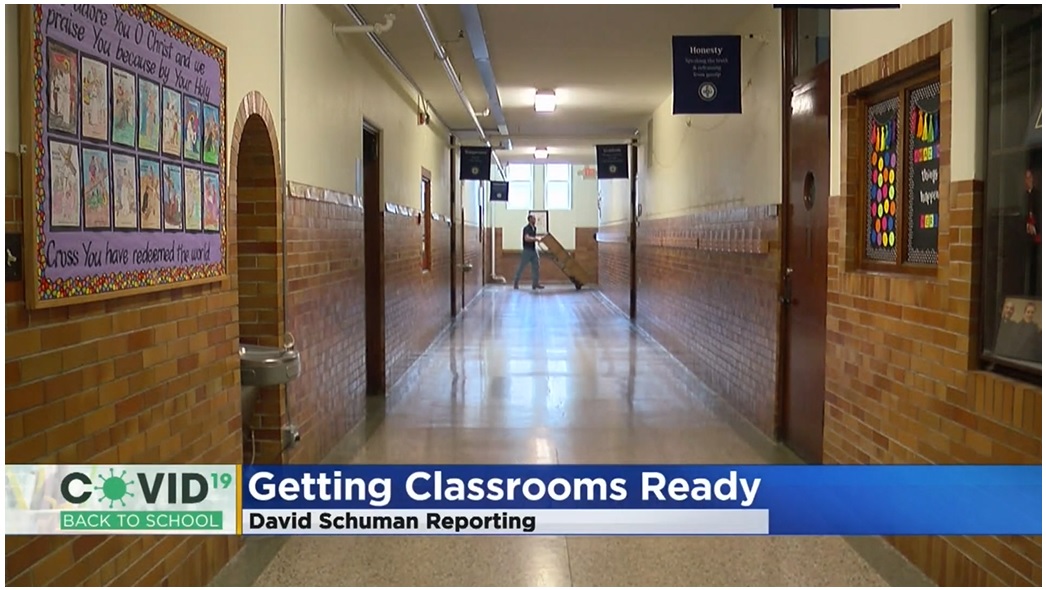Numerous polls (and we write about them often!) show parents overwhelmingly support the growing education market and the policies that help families access these options. Polls also show (and we write about these ones too) that parents choose these learning environments for different reasons.
To go deeper, though, EdChoice in partnership with Morning Consult decided to poll parents nationally about their education preferences from different angles and ask questions that impose a constraint or cost on the parent’s preference. This gives new perspective to parents’ priorities and goes deeper on their preferences when given the opportunity to make genuine school choices.
“If we present a list of school qualities such as ‘strong academics,’ ‘positive school spirit,’ and the like, parents will say they want all those things. Who wouldn’t?” writes EdChoice’s Michael McShane, who analyzed the results of the poll. “To tease out parents’ true preferences, we tried to impose some constraints. Given some limiting factors, what choices would you make? If some cost was imposed what would you choose?”
For example, a 2023 Schooling in America survey found that academic quality was a top factor in school selection for charter school, private school, and home education parents. Among public district school parents, though, the highest ranked factor was the school’s location and that it was close to home or work. Would parents still have chosen this school if distance/transportation wasn’t an issue?
Given that surveys show parents who send their children to a public district school are far less satisfied with their child’s learning experience than private school and homeschool parents, it is difficult to know whether public district school parents from the aforementioned survey chose their child’s assigned school because they lack access to other options and the means to get their child to those options or because they actually preferred that school.
The results
To help “get at what parents truly value,” the EdChoice/Morning Consult survey presented a set of questions that contained a constraint, explains McShane. In each question parents were offered a generally accepted positive school trait with a trait that parents might not prefer.
One constraint was distance: “Would you send your child to a school that you felt was much better than their current school if it meant they would have to spend 30 additional minutes on a bus?” Sixty-eight percent of parents said they would choose the school anyway; 32 percent said they wouldn’t.
When asked about enrolling their child in a school with a strong academic reputation but based on student population there would be few other students of their child’s race or ethnicity, parents overwhelmingly (79 percent) said that they would still send their child to the school. Twenty-one percent said that they wouldn’t.
Parents would also choose a school that had strong test scores and performance data even if they had been told by someone they trusted that it was not a good school (57 percent yes to 43 percent no).
The only constraint that made parents opt against a strong school was the school’s politics — only 44 percent of parents said they would send their child to a school with a strong academic reputation but that took political stances that they disagreed with. Fifty-six percent said they would not choose such a school. Parent respondents also felt strongly about teachers keeping their politics to themselves (84 percent agreeing; 55 percent strongly agreeing).
However, only 37 percent of parents agreed strongly or somewhat that it was important their child’s school leadership shared their politics.
“Perhaps one way of looking at what parents feel is that a school agreeing with them isn’t important, but a school disagreeing with them is,” writes McShane. “The ideal position might be to try and avoid politics altogether.”
When asked about discussing LGBTQ issues in class, only a minority of parents (12 percent) strongly agreed that their child’s school should discuss that content; 21 percent somewhat agreed with such issues being discussed.
“Our findings differ from some other studies in that we did not see meaningful differences between the parents of older and younger children when asking about LGBTQ books,” explains McShane.
With respect to LGBTQ issues, 32% of K-8 parents and 32% of 9-12 parents either strongly or somewhat agreed with the statement that they wanted them covered in their child’s class while 57% of K-8 and 32% of 9-12 parents somewhat or strongly disagreed.
The U.S. Supreme Court ruled earlier this summer that parents cannot be forced to have their children exposed to material that violates their religious beliefs, which includes LGBTQ-related materials. Minnesota’s state law allows parents to review the instructional material provided to their children and, if they object to the content, make arrangements with school personnel for alternative instruction.
Perhaps these survey results will be a helpful tool for policymakers, media, educators, and others to understand parent preferences at another level.











![[downloaded during free trial]](https://oakmn.org/wp-content/uploads/2025/11/iStock-1430368205-120x86.jpg)

